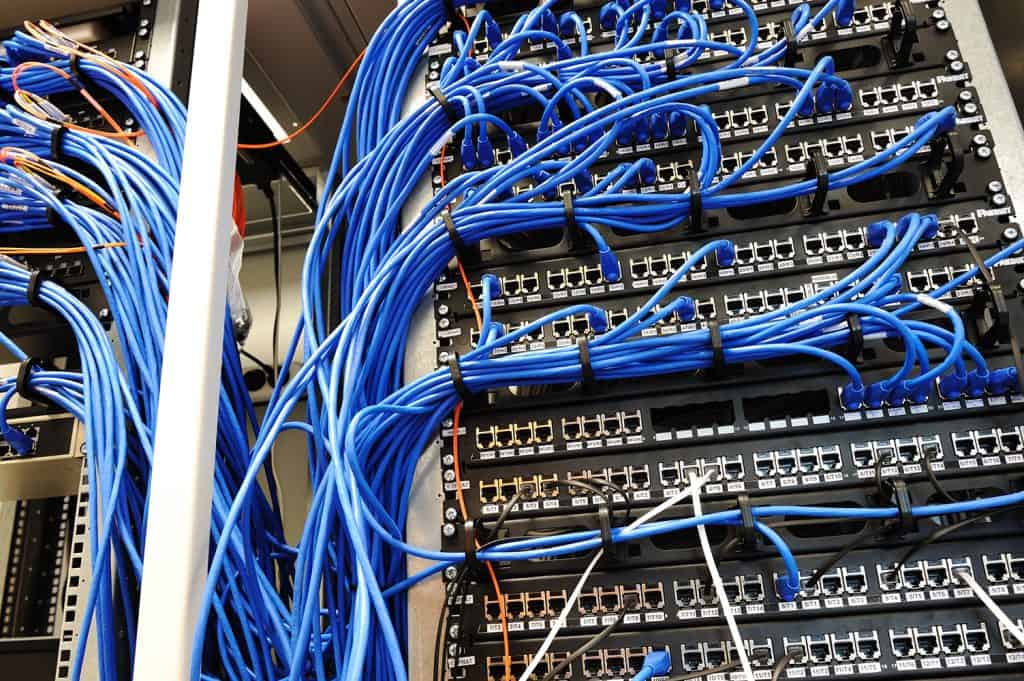One of the major responsibilities of businesses operating in the ever expanding era of digital commerce is cybersecurity compliance. As a business owner or IT specialist in 2025 ensuring your company is compliant with the current government legislation is vital for keeping your clients and your business secure. The regulatory frameworks regarding cybersecurity in the UK are laid out in the National Cyber Strategy 2022 and legislated under the Network and Information Systems Regulations 2018 as well as the Product Security and Telecommunications Infrastructure Act 2022. Whilst you may not be legally responsible for your business’ cybersecurity (unless you are one of the essential service providers outlined in the NISR18) the NCS22 states that ‘Businesses and organisations have a responsibility to manage their cyber risks, protecting data and digital assets while maintaining services.’ Any business that stores client data is also subject to the Data Protection Act 2018 which requires organisations to protect personal data through appropriate technical and organisational measures. One of the most fundamental ways to boost your business’ cybersecurity and guarantee compliance with government regulation is to ensure that your network infrastructure is up to date, correctly installed and well maintained. We’ve outlined some of the strengths of a high quality network infrastructure in regards to cybersecurity compliance below.
Why Infrastructure Matters in Cybersecurity Compliance
Compliance is not just a box-ticking exercise; it’s about ensuring the resilience of your business against cyber threats. Reliable infrastructure forms a foundation on which cybersecurity compliance is built and maintained. Without a secure, stable, and well-managed network, even the most robust practices will fail in the long run.
Key areas where infrastructure supports compliance:
- Data Protection and Availability
Many regulations emphasise protecting data at rest, in transit, and during processing. Reliable infrastructure ensures that encryption, access controls, and backup systems function without interruption. Limited access systems and disaster recovery solutions further guarantee that sensitive information remains accessible to authorised users while protected from loss or corruption. - System Monitoring and Logging
Most compliance regulation requires continuous monitoring and detailed logging to detect suspicious activity. Stable infrastructure that supports real-time monitoring, centralised information management, and automated alerting enables businesses to demonstrate compliance and reduce the risk of undetected breaches. - Access Control and Identity Management
Password protected access control, multi-factor authentication, and secure identity management systems rely on a well-integrated infrastructure. Without reliable systems, authentication failures and misconfigurations can create compliance gaps and expose businesses to cyber risks. - Scalability and Flexibility
As businesses grow, their compliance needs evolve. Scalable infrastructure, structured cabling and fibre optics, ensures that compliance expands in step with business operations. This adaptability prepares your business to tackle evolving regulatory requirements without costly overhauls. - Resilience Against Downtime
Compliance regulation demands business continuity. Infrastructure that is prone to downtime not only disrupts operations but also risks non-compliance, particularly when critical security functions such as intrusion detection or data logging are out of action during downtime.
Key Technologies That Can Improve Cybersecurity Compliance
Cybersecurity regulation is often written with the most up to date, hi-tech technologies in mind. It’s important to remember that as soon as a new technology is on the market malicious actors will be adopting it; resulting in a cyber arms race. To stay protected you have to stay ahead of the curve. Some of the latest technologies that can help you protect your business and remain compliant include:
- Wifi7
Designed with modern digital businesses in mind, Wifi7 significantly improves remote connectivity in high density environments. It allows multiple users to access a high capacity stable network simultaneously, establishing a network in which two factor authentication and other security measures can function across multiple machines in real time. The latest Wifi technology, routers, hubs and servers, are designed to work with Wifi7 and are equipped with the most up to date cyber security features to protect yours and your clients data.
- Fibre Optics
Replacing copper cabling as the industry standard for cable networks fibre optics provide high speed super stable connections. A fibre optic network allows complicated security applications (such as enhanced encryption) to operate without interruption, preventing breaks in compliance. Fibre optic networks are also significantly more difficult to tap into than copper, denying malicious actors the ability to access your business’ network without being detected.
- Structured Cabling
Structured cabling is a highly effective way of building networks within large institutions; using hubs, servers and trunk cabling to link machines in a single network rather than simply connecting individual machine to individual machine. It is also essential for modern businesses in regards to cybersecurity compliance; allowing for server-side multiple user authentication systems that prevent people from outside your organisation accessing your network. Structured cabling allows you to establish compliant security protocols across your entire network from a centralised location, giving you a firm grasp over which users can access sensitive data and preventing malicious actors from remotely accessing your network.
- AI Detection
The absolute cutting edge in cyber security technology AI detection monitors your network in real time to immediately identify, flag and expel malicious activity. Quicker and more effective than human detection, AI can protect your business’ network automatically, preventing even the smallest breaks in compliance 24 hours a day. Currently prohibitively expensive for most organisations, if you have invested in the other technologies above then scaling your business’ network to include AI in the future will be relatively simple.
Conclusion
It should be clear now that as a business operating in 2025 cybersecurity compliance is at the very heart of scalability and modernisation; allowing you to expand your business into the digital sphere whilst protecting yourself and your clients. While upgrading may seem expensive, having the right network infrastructure is a great platform on which to build compliance. So get in touch with the experts at Black Glass Comms, our professional engineers are highly experienced at helping businesses build networks that can expand into the future, safely and securely.



